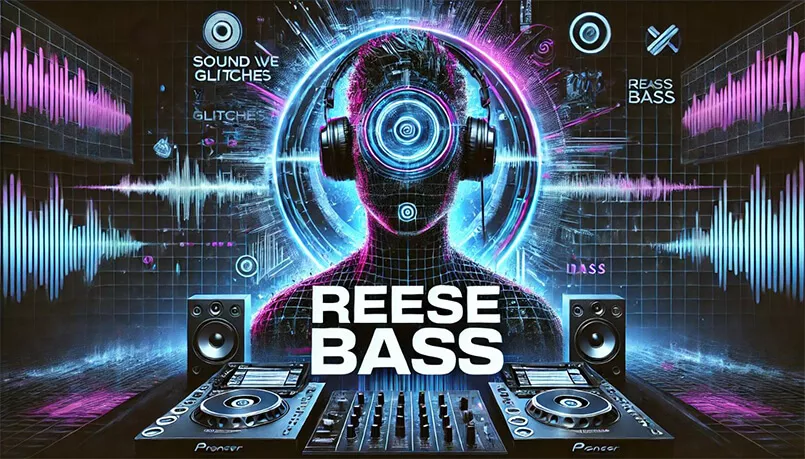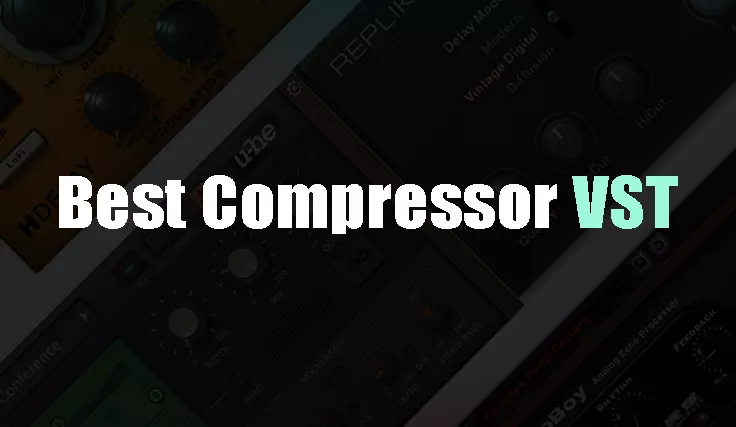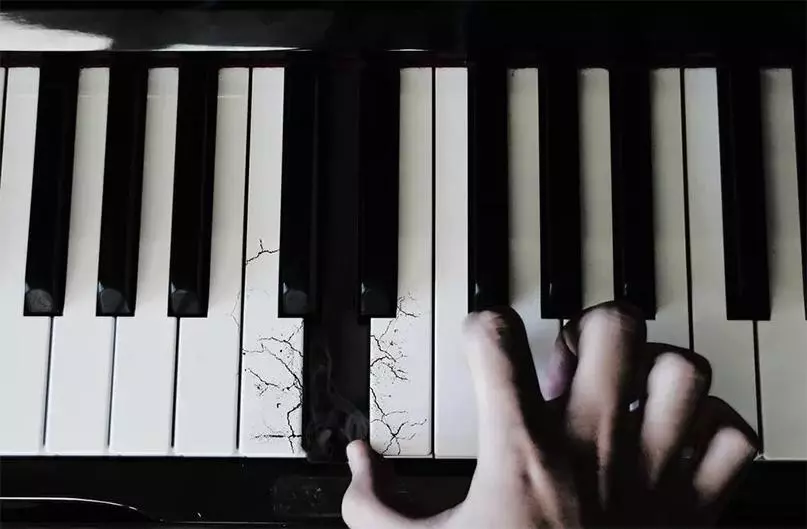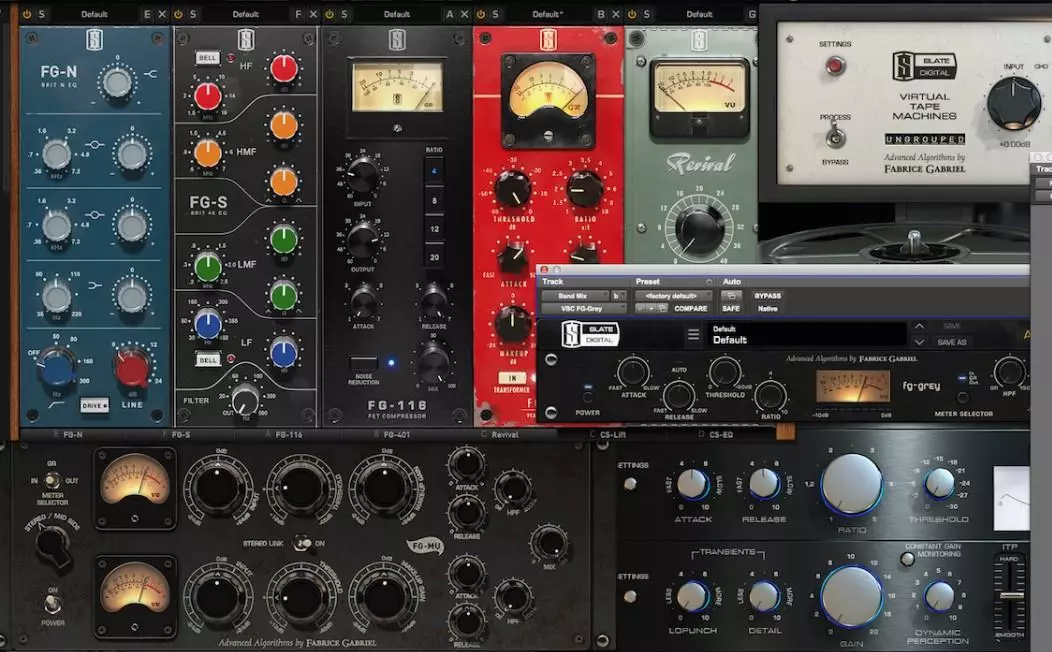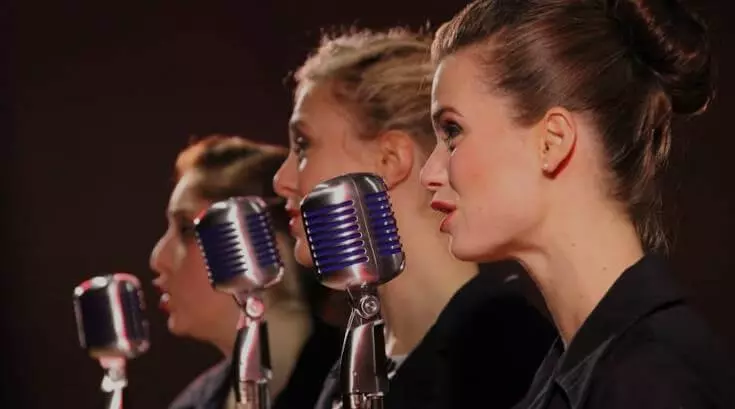Parallel harmonies
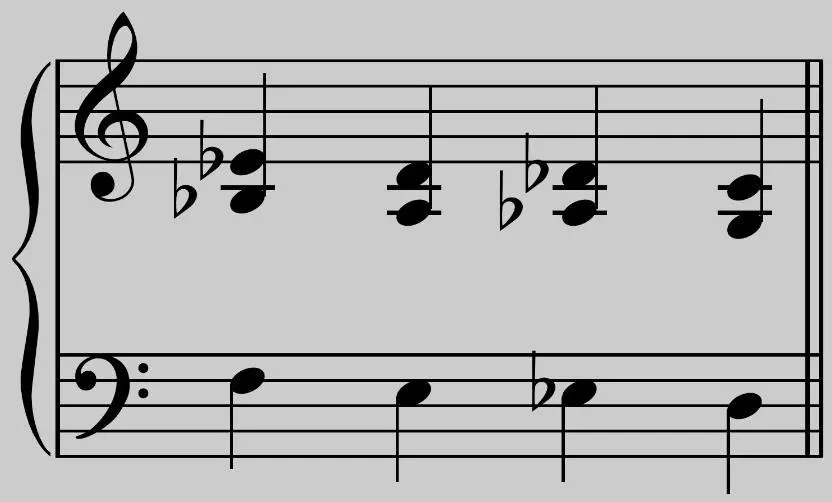
Rethink your approach to parallel harmonies in music and unlock their potential. These harmonies, when used wisely and creatively, can be a powerful tool for the modern composer. They are capable of causing deep amazement in listeners, providing exactly the amazing effect that can be achieved with their help. In traditional harmony, parallel octaves and fifths are usually avoided, but to create a modern sound, it is worth abandoning this rule. Understanding voicing and parallel movement of voices, as well as the careful and reasonable use of parallel harmonies, can enrich the music with new, interesting moves. Let’s look at three ways to use parallel harmonies that deviate from the traditional rules established in the 18th century.
Parallel movement
The main and simplest form of parallelism in music is parallel movement. In this approach, the emphasis is not on the simultaneous rise or fall of chords, but rather on the intervallic relationships between notes. This is a key aspect to consider when using parallel movement in a musical composition.
In this case, we see that the notes do not necessarily follow the same direction. However, the tone of the musical fragment remains stable (in this example it is F major), and the sounds combine harmoniously with each other. Although this example cannot be fully classified as parallel harmony, it provides a good starting point for learning this technique. Having understood the basics of this example, you can further dive into the study of the intricacies and techniques of parallel harmonies.
Parallel Intervals
In this case, not only the interval between the main notes of the chord is preserved, but also the distance between each note that makes up the chord. There is no need to limit parallel intervals to just standard triads or regular stable intervals. You can experiment with adding additional intervals on top of the last notes, such as using fourths to create complex, layered musical textures.
Individual intervals may sound dissonant or even inharmonious, but in the context of musical movement their sound acquires greater clarity and meaning.
Parallel chords
Once you’ve learned how to use basic movement and intervals, it’s time to learn a more advanced technique, namely the use of parallel chords. This technique is used in a variety of musical genres, ranging from pop music and dance tracks to jazz and rock. As an additional activity, you can study the work of composers such as Claude Debussy or Maurice Ravel to better understand how parallel chords are used in practice.
In the parallel chord technique, each note in a chord moves the same distance, whether up a semitone or down to a specific note, while maintaining the intervallic relationships between the individual chords. This creates either an ascending or descending chord progression that has the same or similar structure, ignoring traditional harmony rules.
For example, if you start with a minor nonchord, then all subsequent parallel chords must also be minor nonchords. This may require the use of chords outside the main key of the composition, but this is normal practice in this approach.
Conclusion
When experimenting with parallel harmonies in your music, start simple: use them sparingly and only where truly necessary. Incorporating melodies with parallel chord accompaniments can greatly enrich your music, creating unexpected and surprising musical moments, especially in the middle of a composition. It can also attract additional attention from listeners in places where traditional harmony is unable to achieve the same effect.


